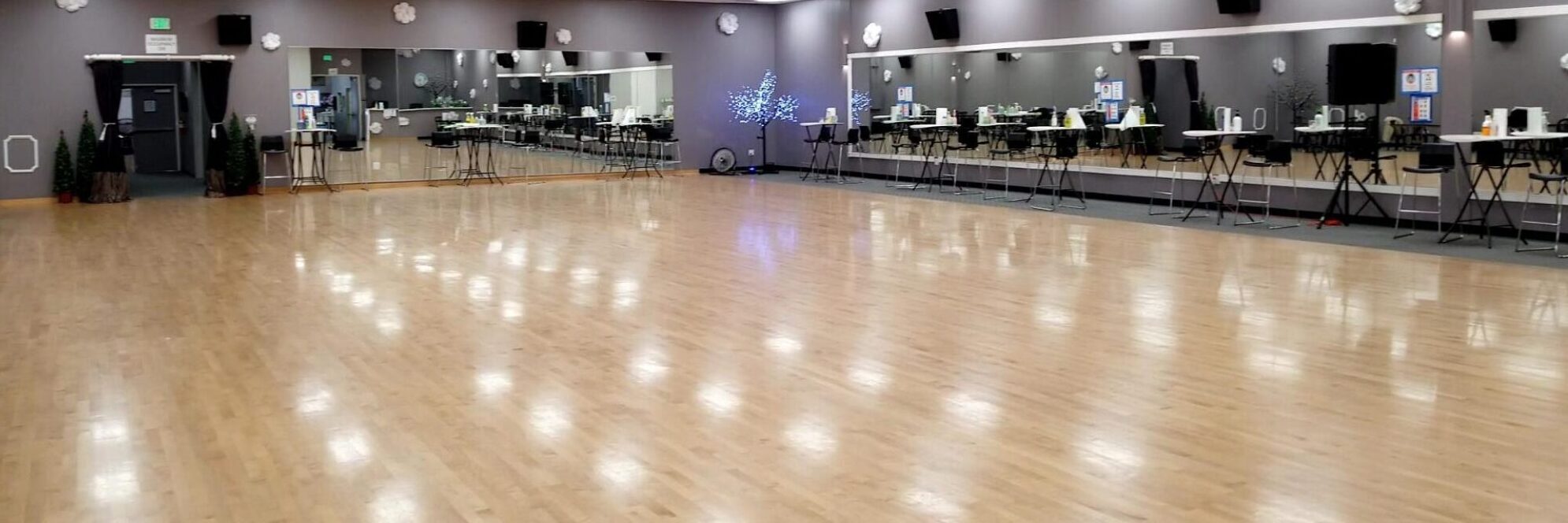Contra body movement (CBM) is used in many ballroom dances. It comprises turning the body (hips and shoulders) against the movement of the legs.
CBM is turning the right side of the body towards a left moving leg or turning the left side of the body towards a right moving leg. The body and the leg must move at the same time, and not one after the other. CBM occurs on forward or backward steps only (or diagonal steps which still feature forward or backward movement), and not on side steps. Thus, CBM occurs in the following four scenarios:
- The left leg moves forward as the right side of the body moves forward (the torso rotates to the left)
- The left leg moves backward as the right side of the body moves backward (the torso rotates to the right)
- The right leg moves forward as the left side of the body moves forward (the torso rotates to the right)
- The right leg moves backward as the left side of the body moves backward (the torso rotates to the left)
The overall effect and intention of CBM is smooth transition from linear to rotational movement. Thus, CBM is often followed by sway.
« Back to Glossary Index